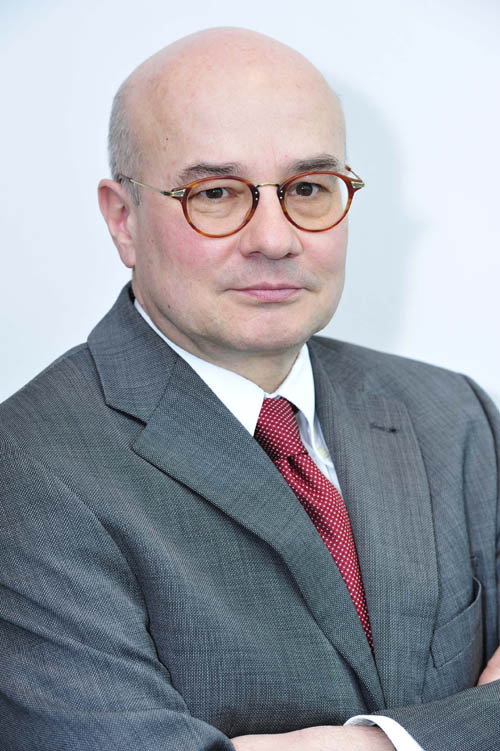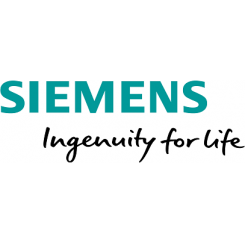
Photo: 26 .08. 2015 Seestadt Aspern Drohnenflug-Haustechnik
Vienna’s Urban Lakeside to be a ‘living lab’ for sustainable development
13 November 2015
In 20 years’ time, Vienna, Austria’s capital city, will be home to around two million people, some 230,000 more than today. To deal with the increasing population and demand for public services, an old airfield in the northeast of the city is being transformed into a modern, multi-functional city district, called aspern Urban Lakeside, which will also serve as a ‘living lab’ for the development of sustainable, innovative technologies.
In 2015, for the sixth year in a row, Vienna came top of the Mercer Quality of Living rankings, which covers 230 cities worldwide, based on 39 criteria such as political, social, economic, and environmental factors. In an attempt to maintain its position at the top of the rankings and deal with a rapidly growing population, the city is investing €5 billion in one of Europe’s largest urban development projects that, by completion in 2028, will house more than 20,000 people, plus around the same number of workplaces in a total area of 2.4 million square metres.

One of the most innovative aspects of the new aspern Urban Lakeside is the Aspern Smart City Research (ASCR) a joint research project by Siemens and the city of Vienna’s infrastructure and utilities operators Wien Energie und Wiener Netze that will focus on topics such as energy, the environment, building utilities and intelligent networks in cooperation with the residents and users of the development. The project will make Urban Lakeside a ‘living lab’, where an education campus, student residence and housing complex will become a testbed for energy-efficient cities.
“It all fits into an overall smart city framework strategy, created by the city of Vienna, and developed over the years with significant participation from citizens, NGOs and other parties,” says Reinhard Brehmer, Managing Director of Aspern Smart City Research. “The goal is to hold up the quality of living, but also make the most of the resources in Vienna through innovation, which is where the Aspern Smart City Research comes in. We want to maintain the quality of living, while at the same time be more energy efficient and reduce CO2 emissions.”
The Aspern Smart City Research is embarking on a large-scale implementation of a system-optimising approach between buildings, power grids, users and comprehensive ICT solutions. This innovative combination is integrated into testbeds in the development area of the Urban Lakeside consisting of three construction sites (residential building blocks, student accommodation and a primary school building). Findings from the demonstration are utilised to improve operation and control strategies of buildings and power grids, as well as innovate the interaction with users for optimal usage of energy and CO2 reductions.
Smart buildings
The smart buildings use the sun’s rays to store energy, which will be partly traded on the energy market. The smart grid interacts with the buildings, sends energy in various directions and also functions as a communications platform.
This approach does not impair the smart users at all. On the one hand, they receive valuable building information and on the other they can control the apartments remotely.
Based on national and international experience, Aspern Smart City Research is exploring not only individual aspects of the development, but also the entire system. Buildings, the electricity grid, communication and information technologies as well as user behaviour are all captured in a large-scale energy research programme.

“Siemens got involved in the project as it’s a fantastic chance to develop the solutions that we think will be useful in the future for the whole renewable energy world,” says Georg Pammer, Senior Vice President of Siemens AG Österreich. “This development is greatly aided by these ‘living labs’, taking into account the surroundings and circumstances. We are able to work with the user (people living in the buildings), observe their behaviour, see which solutions are working and which aren’t, and get feedback from those using the solutions. It is real data, from real users, in a shielded environment that makes the development of new solutions all the more easy.”
The smart buildings are equipped with photovoltaic, solar thermal and hybrid panels, heat pumps and various thermal as well as electrical storage facilities. They not only use energy, they also produce and store it. Complex ICT systems facilitate the optimal management of the production, distribution, consumption, storage and transmission of energy.
One of the priority areas for ASCR is optimising buildings’ own use of energy. The reason is that today’s building optimisation systems lack an essential component; they cannot predict the future. Intelligent building management systems now focus on calculating estimated energy requirements with due consideration of weather forecasts and other data. Additionally, they can provide information about the condition of individual building units and in that way support the forward planning of maintenance.
“The combination of different usages, and different production and storage, is important to look at from a cost benefit side and analysing the take up of solutions from various types of consumer,” adds Brehmer. “This is an important and unique opportunity in such a large urban development. More conventionally, we also have buildings here that are supplied by district heating so we compare the cost and the quality of living in the neighbouring apartments blocks with our blocks. All of these networks of energy data and measurements are a major benefit of this project.”
User data
Users represent a particularly important part of the ASCR research activities because it ultimately depends on them how much energy the building requires and to what extent it can offer flexibility. However, the research programme only includes households that have declared their written approval, permitting their data on energy consumption and the ambient air control system to be used for research purposes.
The aim is to find out how the buildings work in an optimal way. Due to this, ASCR needs information on current utilization habits and future needs. Consequently, the cooperation with users will be continuously supported and accompanied until 2018, based on a social science approach.
“Now we are in the phase where the infrastructure is in place and we are starting to collect data,” says Pammer. “We call it the baseline year. In parallel, our colleagues are developing the solutions, so in about a year from now these solutions should be implemented in a provisional way and improved after getting the feedback and results. In 2018 the prototypes of these solutions should be ready.”
Brought to you in partnership with Siemens












